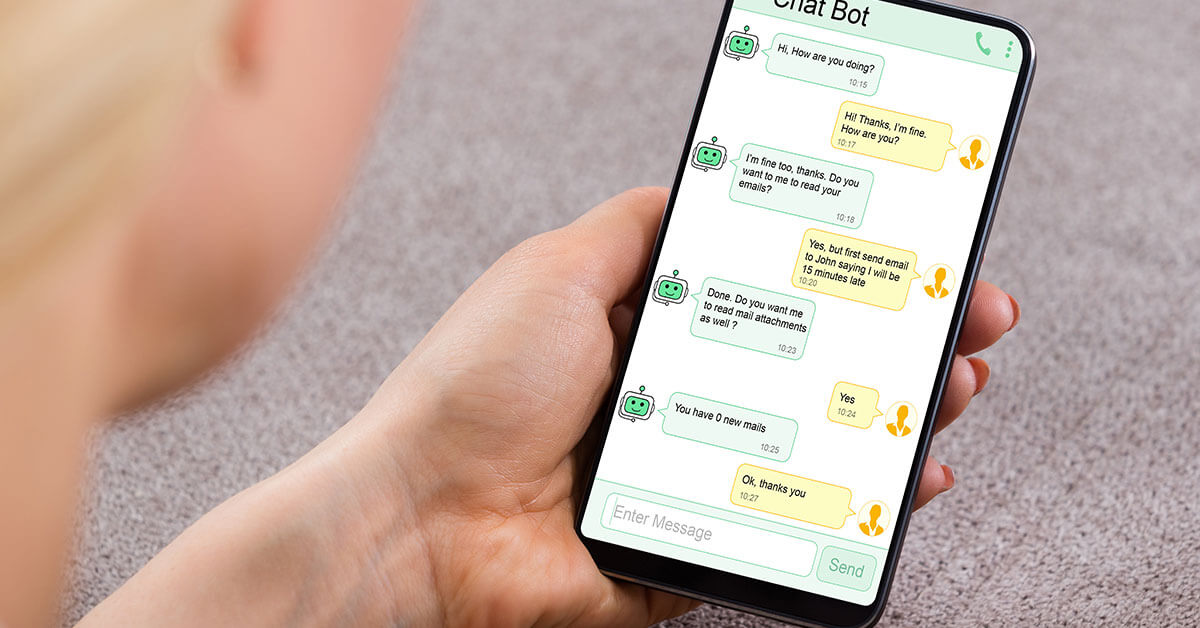Published : January 25, 2022
Table of Contents
Share this Article

In digital marketing, a rapidly developing trend is the use of chatbots. More than 1.4 billion users around the world have taken advantage of features provided by automated chat. Today, it is a common online experience and is thought to be the utmost increasing digital marketing channel.
But, are all chatbots the same? A little bit of knowledge regarding rule-based versus AI-based chatbots will come in handy as you consider your digital marketing solutions. The reason we single out these two is because they are the most frequently considered where chatbots are concerned.
Using both NLP and machine learning, AI software-powered chatbots provide an experience that is more conversational. Employing a process based on human reasoning, these chatbots will learn with more interactions.
For the questions they receive, rule-based chatbots depend on keyboards to understand the queries. The chatbot can provide a relevant response after researching predefined answers.
A relatively simple if-then concept is the basis for a rule-based chatbot. Example:
These chatbots use predefined rules. Keyword density determines their answers.
A more dynamic experience is created through AI software-powered chatbots. To the best of its ability, it also answers questions courtesy of an answer database. But there is a difference here: Over time, both the chatbot’s abilities and the database expand. Two knowledge processes are responsible for this type of feat being accomplished:
There are significant benefits to NLP. It can learn synonyms, spelling errors, acronyms, and more, over time. Based on chat history and question tone, it can adjust. As time passes, the system improves and learns.
The user rates whether or not the response was helpful. The algorithm is supplied with valuable information by the answers from users and, down the line, future answers will be improved thanks to this process.
At Enterprise Bot, we can help you choose between chatbots to determine which will suit your purposes best. For your situation and business, we can help you determine which one makes more sense.
Do you want a chatbot that is more complex, like AI-based chatbots? Or a rule-based chatbot where simplicity speaks?
Just grabbing the first chatbot you see and hoping it will suffice isn't enough for today's businesses to succeed in a digitally-based world. Crucial to long-term success, the right choice of chatbot will help determine the future of your business.
Allow us to be of assistance. Contact us today if you'd like to find out how our team can help your team. You can also email us at sales@enterprisebot.ai.
Dufourstrasse 22,
8008 Zurich, Switzerland
L-148, Bhive Workspace, 5th Main Road, HSR, Layout Sector-6 Bangalore 560102
42-44, Bishopsgate,
London EC2N 4AH
8 The Green Ste A
Dover, De 19901
Copyright © 2025, Enterprise Bot